On a dreich autumn afternoon in the Stirlingshire countryside, Tom Bowser strides purposefully across the damp field, his hands clutching a bucket brimming with an unlikely treasure: diced rodents.
Just beyond the field, tucked away in a hide, eight eager birdwatchers peer through open windows, their breath held in quiet suspense.
Other than a distinctive shriek in the distance, there’s little sign of bird life.
But as Tom reaches the feeding site and gently scatters food across the wet grass, the sky above him begins to stir.
A lone red kite, majestic and powerful, emerges from the treetops, its wings slicing through the sky as it begins to circle – shrieking loudly.
Within minutes, an awe-inspiring aerial ballet unfolds as up to 25 red kites, their russet wings contrasting against the early autumn colours, swoop and dive with breathtaking precision.
Argaty Red Kites project defies extinction
For those watching from the hide, it’s a spectacle of nature’s raw power and beauty, leaving them breathless and gasping with wonder.
But as Tom explains, it’s only relatively recently that such a spectacle has again been possible in Scotland.
These once prevalent scavengers became extinct – and only relatively recently have they returned through conservation.
“The reason why we started conservation here and the reason why we still do it to this day – is that really people remain the biggest threat to kites,” he explains.
“It was us humans that wiped them out. They’d gone from being the most common bird of prey that Britain had to becoming completely extinct.
“The last ones I could find in Scotland when researching my book was 1917.
“People thought these birds were a danger. They thought they were going to come and take lambs, pheasants, grouse.
“But it’s sad because they are more scavengers than they are hunters.
“They hunt things like worms and moles. They are certainly not a threat to anything people make money from. But fake news isn’t by any means a new thing!”
How did the Argaty Red Kites project come to fruition?
Giving The Courier a tour of the 1400-acre Argaty estate, near Doune, which has been in the family since 1916, Tom explains how the Argaty Red Kites project began in the late 1990s, almost by accident.
The RSPB (Royal Society for the Protection of Birds) had quietly reintroduced red kites to two estates just west of Argaty.
It wasn’t long before the Bowser family noticed these magnificent birds flying over their farm.
“The first we knew that red kites were back in this area was when my dad was working on the farm,” says Tom, who was 12 at the time and is now 41.
“He heard a sound, looked up, and there they were – red kites, which had been extinct in this area for almost a century.”
At the time, the reintroduction of red kites was a closely guarded secret.
The RSPB, wary of the birds’ safety, had kept the project under wraps to prevent potential threats.
But once the kites had established themselves at Argaty, the Bowsers had to decide how to proceed.
“We had a choice,” Tom explains.
“Do we try to keep people away and protect the birds that way?
“Or do we open the doors and let people come and see them from a safe distance?”
Thankfully, the family chose the latter, marking the beginning of what has become a thriving wildlife tourism operation.
How has the Argaty Red Kites project become a model for Scotland?
Today, the Argaty Red Kites project is recognised as one of Scotland’s most successful rewilding initiatives.
The estate has become a sanctuary not just for red kites, but for a variety of wildlife, including buzzards, barn owls, and even ospreys.
Tom explains how they monitor all the different birds of prey they have on the farm.
This year, they’ve had four red kite nests with six chicks – a “good number”, he says. A fifth nest succumbed to the actions of a pine marten.
But the success of the Argaty Red Kites project goes beyond bird conservation.
It has become a model for other rewilding projects, showcasing how land traditionally used for farming can be transformed into a haven for wildlife.
“Rewilding is really hopeful,” adds the father of two young daughters.
“It’s something that’s been missing from the conversation for a long time.
“It attracts a different demographic, bringing a lot of hope to people.”
How significant are red squirrels and beavers on Argaty estate?
Since the publication of his book A Sky Full of Kites: A Rewilding Story in 2021, Tom has expanded the Argaty project to include red squirrels and, most excitingly, beavers.
The estate now boasts three red squirrel hides, where visitors can observe these charming creatures up close.
As we watch from one of the hides, it’s clear the squirrels have learned not to fear humans who come to watch them.
Tom says that of all the things they do wildlife-wise, photography is increasingly what makes the money.
However, the most ambitious addition to the Argaty rewilding efforts has been the reintroduction of beavers.
In November 2021, just days after Storm Arwen, Argaty became the first private estate in Scotland to rehome beavers, taking them from areas like Tayside where they were in conflict with landowners and would otherwise be culled.
After extensive local and national consultations, they were released into unenclosed, unfenced ponds on the estate.
“We’ve released 20 beavers so far, and it’s been great,” Tom says, showing off some of the beaver dams, gnawed trees and beaver-created ponds that now sit behind them.
“There’s been a lot of interest in seeing them, and we run tours through the spring and summer.”
The beaver reintroduction has been a game-changer for Argaty.
The estate’s wetlands have become a focal point for visitors, who are eager to see these industrious creatures in action.
Argaty offers tours in the spring and summer that allow visitors to see the beavers, learn about their history and ecology, and watch them feed, swim, and reshape the landscape, including water retention.
He explains how a burn has stopped spilling over and eroding a track when in spate ever since beavers started felling trees and building dams upstream.
What motivates Tom to expand the conservation project?
Tom is the latest in a long line of stewards dedicated to preserving the land at Argaty.
His great-grandfather and grandfather were both forestry commissioners, and there has always been a strong interest in wildlife conservation within the family.
“It’s something that’s always passively interested previous generations,” Tom says.
But really, it was with the arrival of the red kites that conservation became part of the business plan.
When Tom’s father first spotted the red kites in 1996, the experience left a lasting impression on young Tom.
After studying history at Glasgow University and dabbling in journalism, he returned to the farm in 2009 to help his father.
It wasn’t until 2017 that Tom took over the Argaty Red Kites project, fully committing the family’s land to conservation.
The following year, the project won a Nature Tourism Award, cementing its reputation as a leader in wildlife conservation.
Challenges and triumphs
Despite its success, the Argaty Red Kites project has not been without its challenges.
The estate’s wildlife efforts are a delicate balancing act, with Tom and his family constantly working to find the “sweet spot” between conservation and sustainable farming.
“There’s a balance to be struck – we don’t want to turn it into a theme park,” explains Tom, adding that traditional farm work is now mostly contracted out.
The introduction of beavers has also brought new challenges, particularly in managing the estate’s woodlands.
While some were concerned about the damage the beavers might cause to old trees, Tom remains pragmatic.
“There’s an irony that a beaver that fells a few trees, which will probably regrow, creates so much anger, while a storm that fells millions of trees doesn’t,” he says with a smile.
“Our ideas of what is an act of nature and what’s not are quite fascinating.”
A beacon of hope for rewilding
As Argaty continues to evolve, Tom remains committed to making the estate a beacon of hope for rewilding in Scotland.
He thinks it’s “quite an exciting time to be working in rewilding and wildlife conservation”
“The stakes are really high at the moment,” he says, “because so many species are threatened with extinction.
“But at the same time, so many people are realising how crucial it is to start taking action now.”
Tom’s vision for Argaty is one of balance – a place where wildlife can thrive alongside sustainable farming, and where visitors can connect with nature in a meaningful way.
He describes it as a “pretty special place for wildlife”. He adds: “It’s got everything you’re supposed to have in a place like this – squirrels, pine martens, badgers, most birds of prey. That’s where the heart lies for me.”
For Tom, the journey of rewilding is far from over.
And with a new book on beavers due out in spring 2025, he remains optimistic about the role Argaty and its tours can play in Scotland’s conservation story.
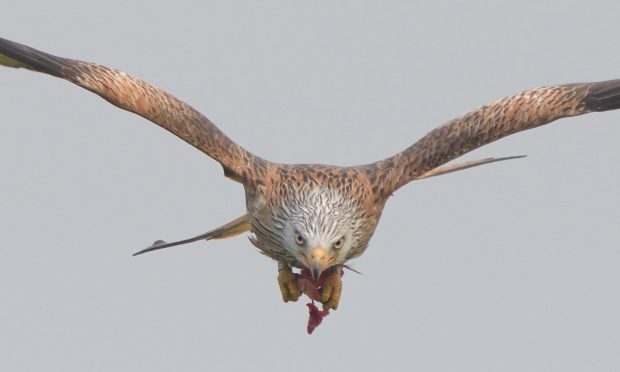
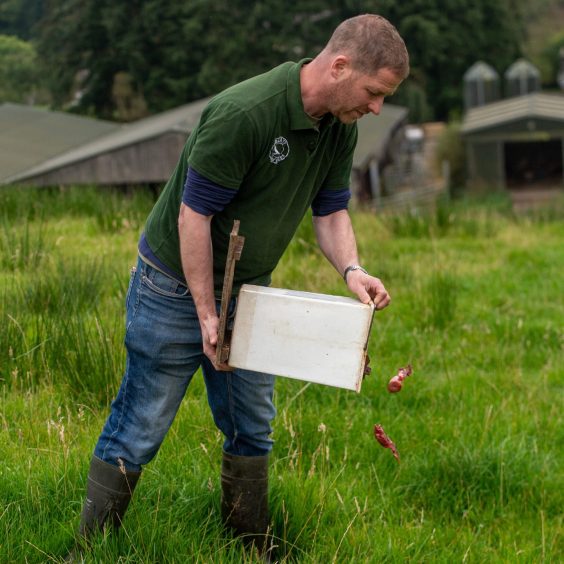
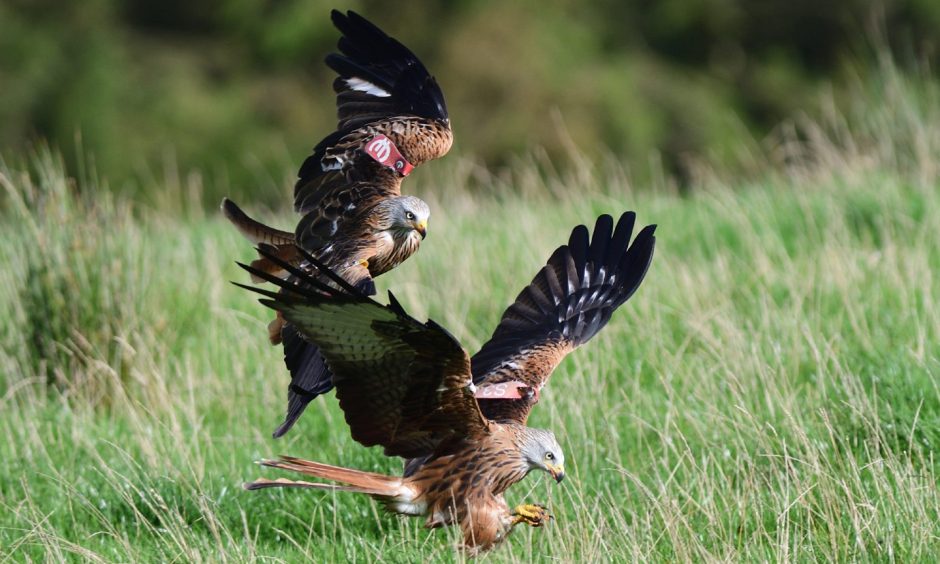
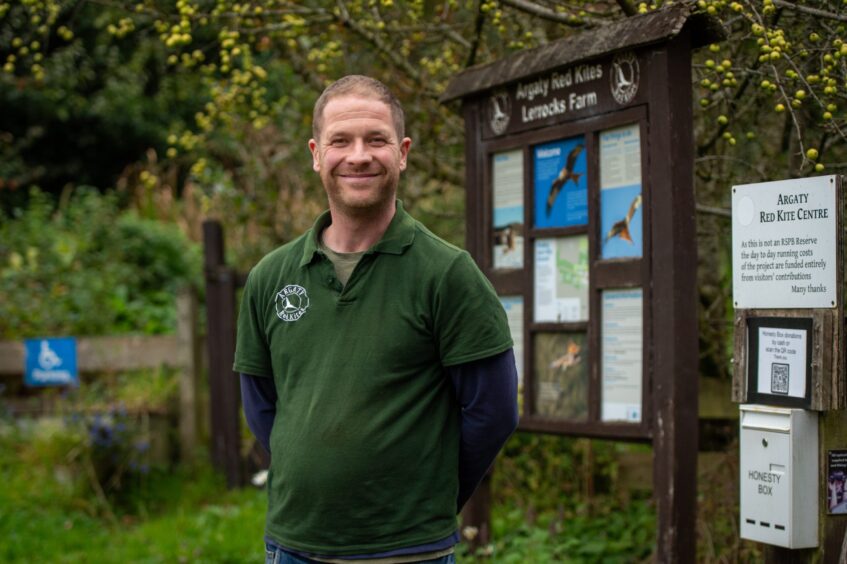
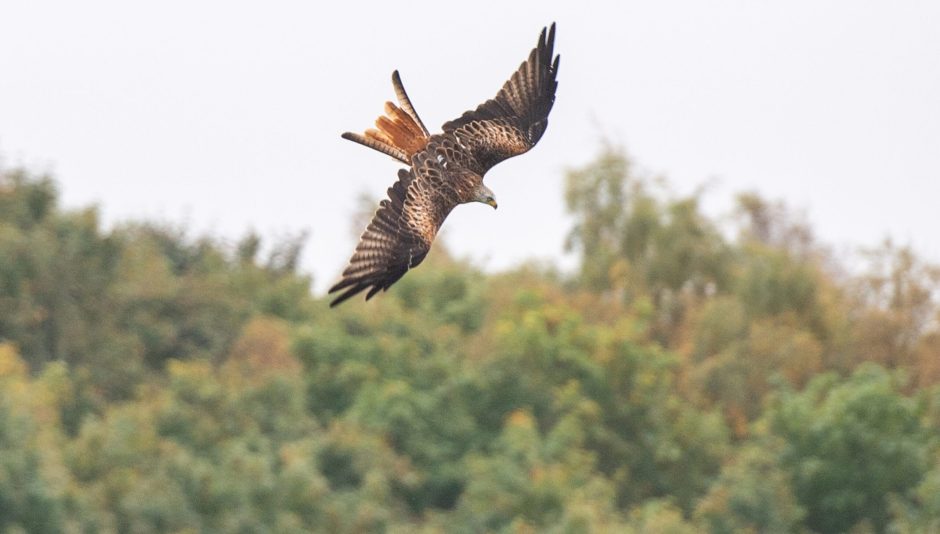
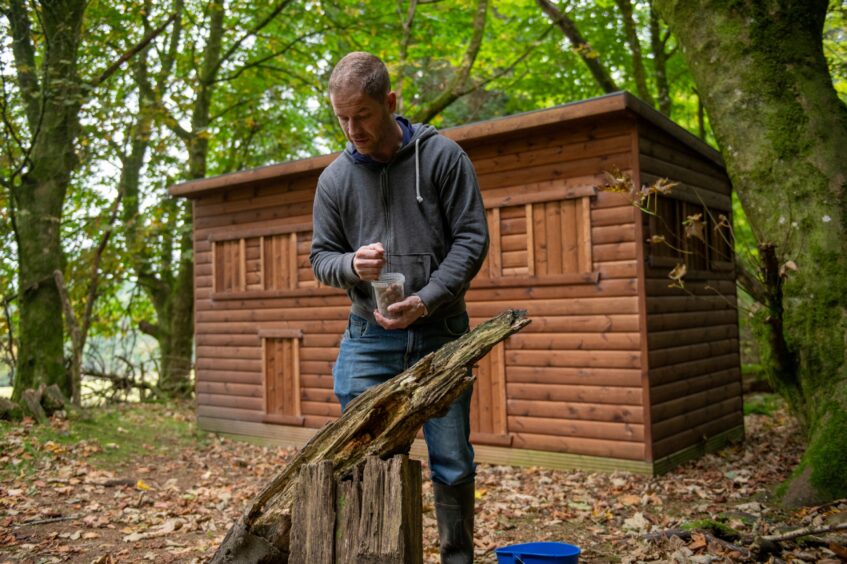
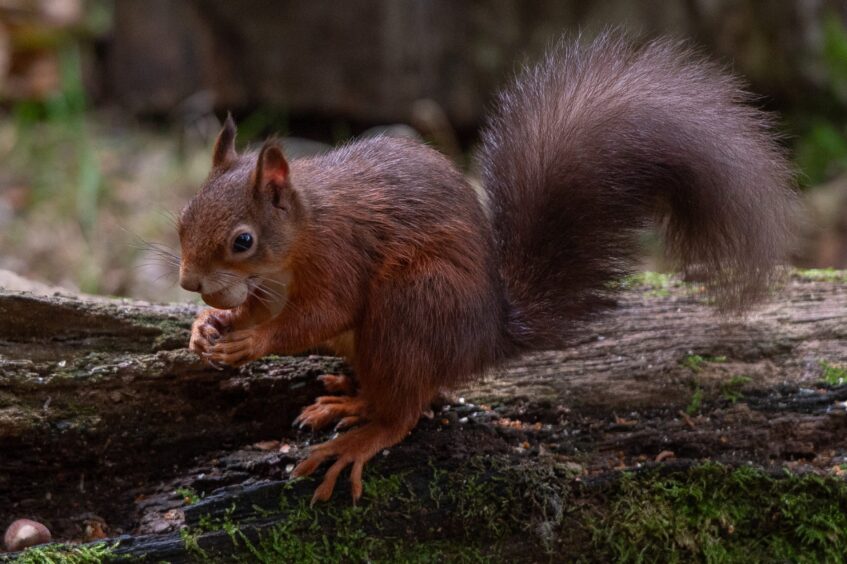
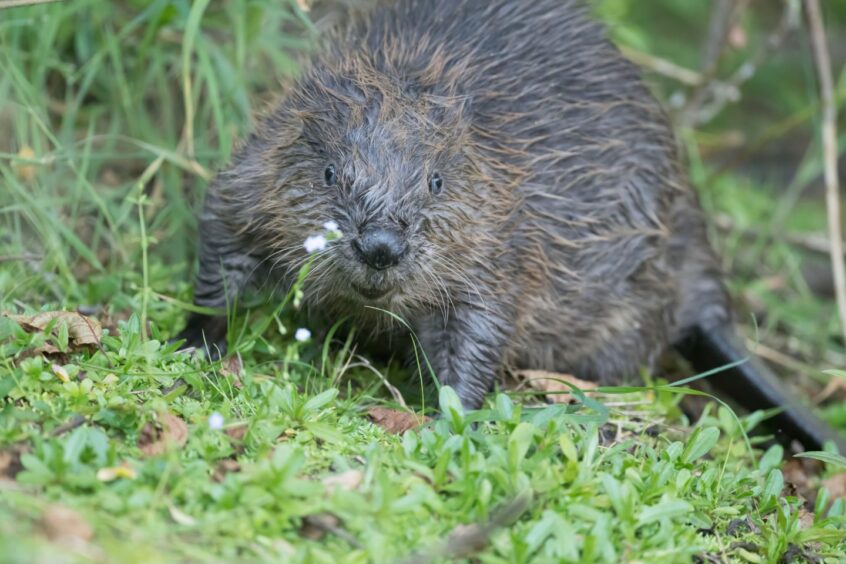
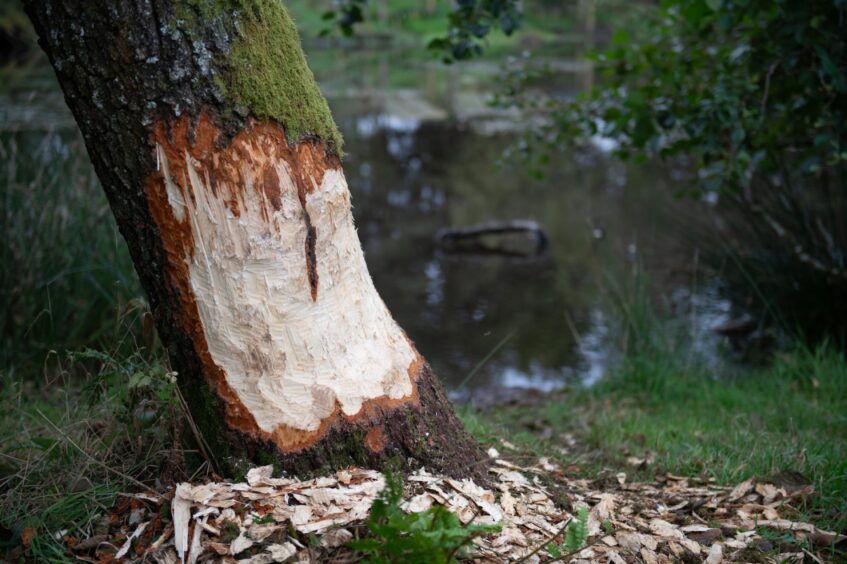
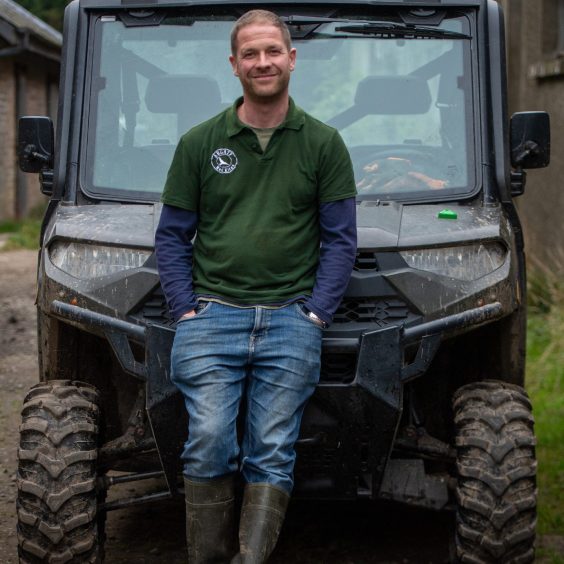
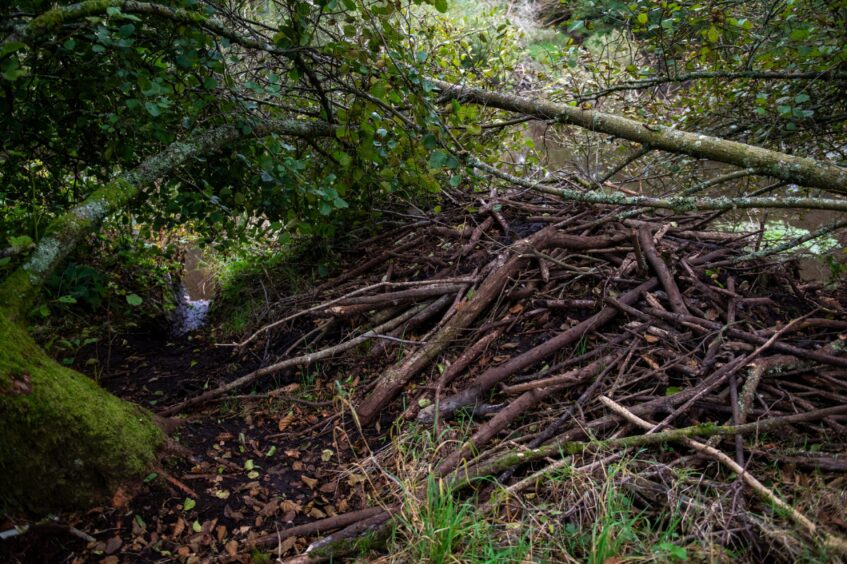
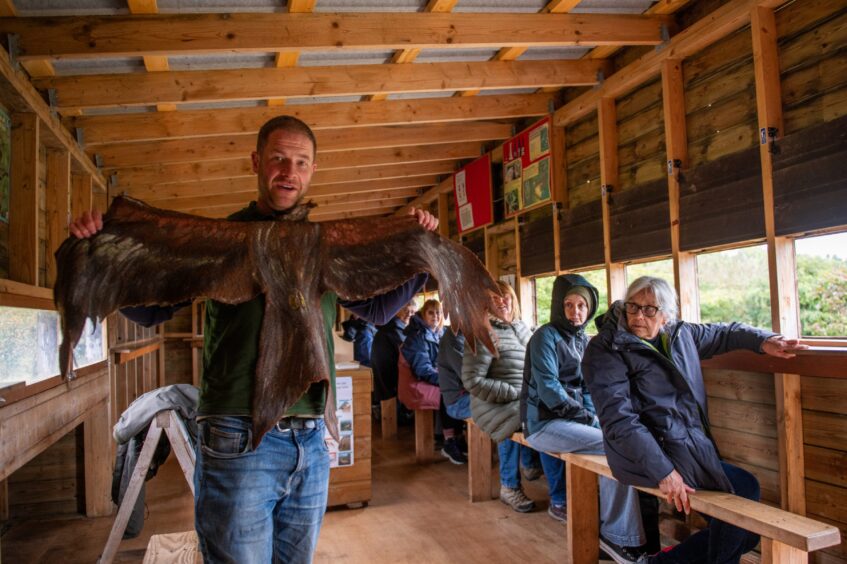
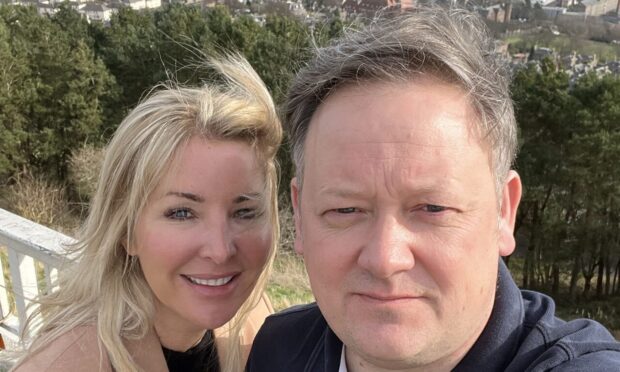
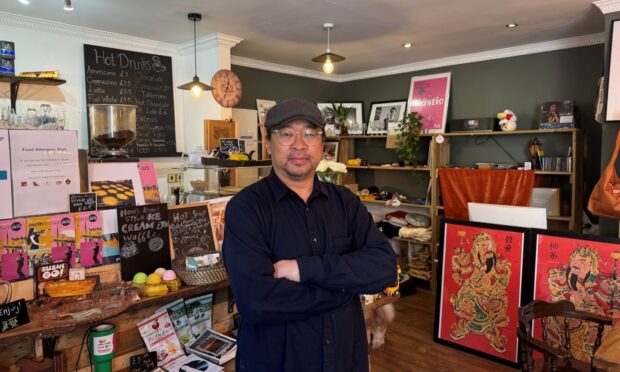
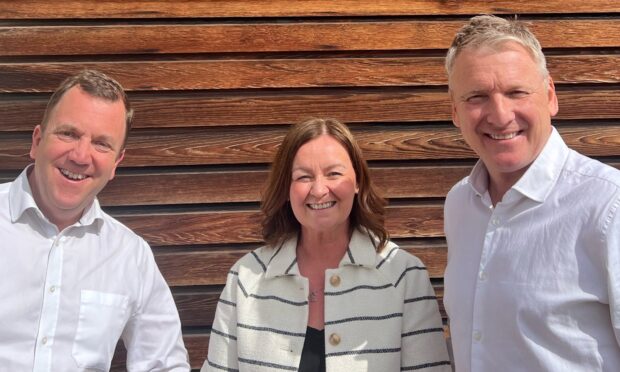
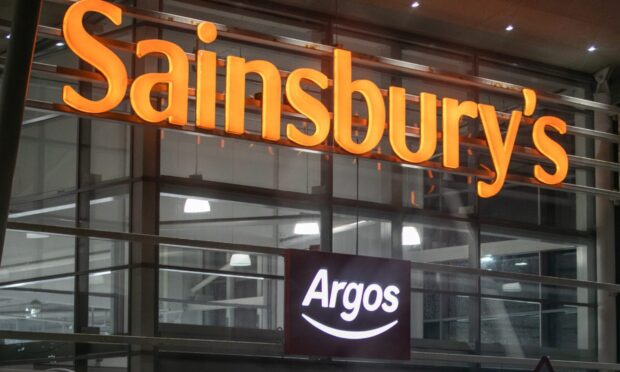

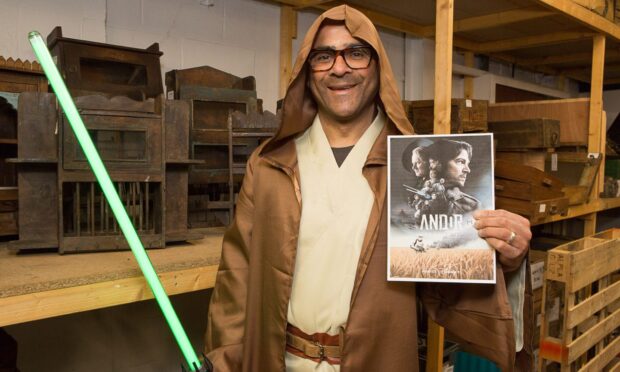
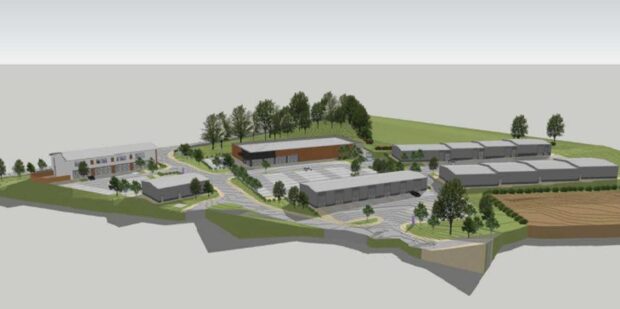
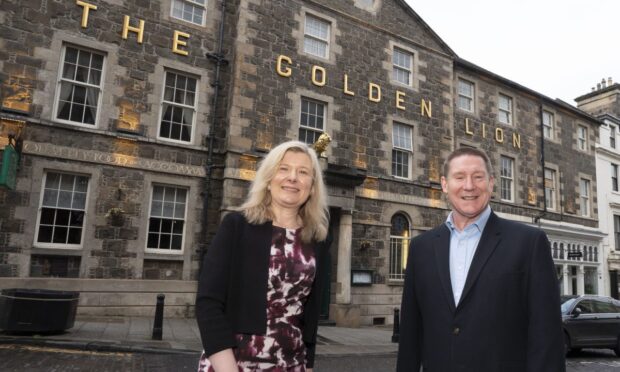


Conversation